The transformation of Kaniva’s grain silos
There has been a remarkable transformation is the heart of western Victoria. Towering grain silos in Kaniva now stand as a vibrant tribute to the unique ecosystem of the nearby Little Desert National Park.
This striking artwork adorns the industrial structures of the Kaniva silo, transforming them into an impressive canvas that celebrates the region’s rich biodiversity. The mural, created by Melbourne-based artist David Lee Pereira with assistance from Jason Parker, spans the entire height of the 29.6-metre tall silo, making it a focal point of the local landscape.
At the heart of the mural is the Australian Hobby bird, a small falcon native to the area. This agile predator, known for its slender build and long wings, is often spotted hunting in both urban and rural settings. Its prominent placement in the artwork highlights its significance in the local ecosystem.
Flanking the Hobby are two species of sun orchids – the plains sun orchid (Thelymitra megacalyptra) and the salmon/pink sun orchid (Thelymitra rubra). These delicate flowers, which bloom between September and November, add splashes of vibrant colour to the composition, contrasting beautifully with the bird’s more muted tones.
Ecological Significance
The mural serves as a visual representation of the Little Desert’s astonishing biodiversity. This region is home to over 600 species of native plants, 220 bird species, and 60 native mammals and reptiles. By showcasing these elements, the artwork not only beautifies the area but also educates viewers about the rich natural heritage of the region.
Historical Context
The Kaniva silo, constructed in 1939, was originally built to hold 2,950 tonnes of grain. It was part of a network of silos constructed between 1935 and 1950 that were crucial to Victoria’s wheat industry. These structures played a vital role in the state’s agricultural economy for decades.
The Kaniva Silo Art is part of a broader initiative to repurpose grain silos across Victoria. This project, known as the Silo Art Trail, has given new life to these imposing structures. By turning them into giant canvases, the initiative has created a unique outdoor art gallery spanning hundreds of kilometres, attracted tourists to rural areas, boosted local economies, provided a platform for artists to showcase their talents on a grand scale, and preserved and celebrated local history and culture.
Impact and Significance
The transformation of the Kaniva silo into a work of art has multiple benefits. It enhances the aesthetic of the local landscape, serves as an educational tool highlighting the ecological importance of the Little Desert, fosters appreciation for Australia’s unique natural heritage, and attracts visitors to the area, potentially boosting local tourism.
By blending art, nature, and history, the Kaniva Silo Art stands as a testament to the region’s past while pointing towards a future where industrial relics can be reimagined as cultural landmarks.

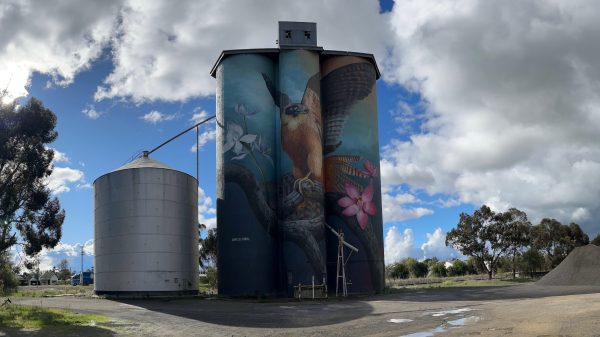
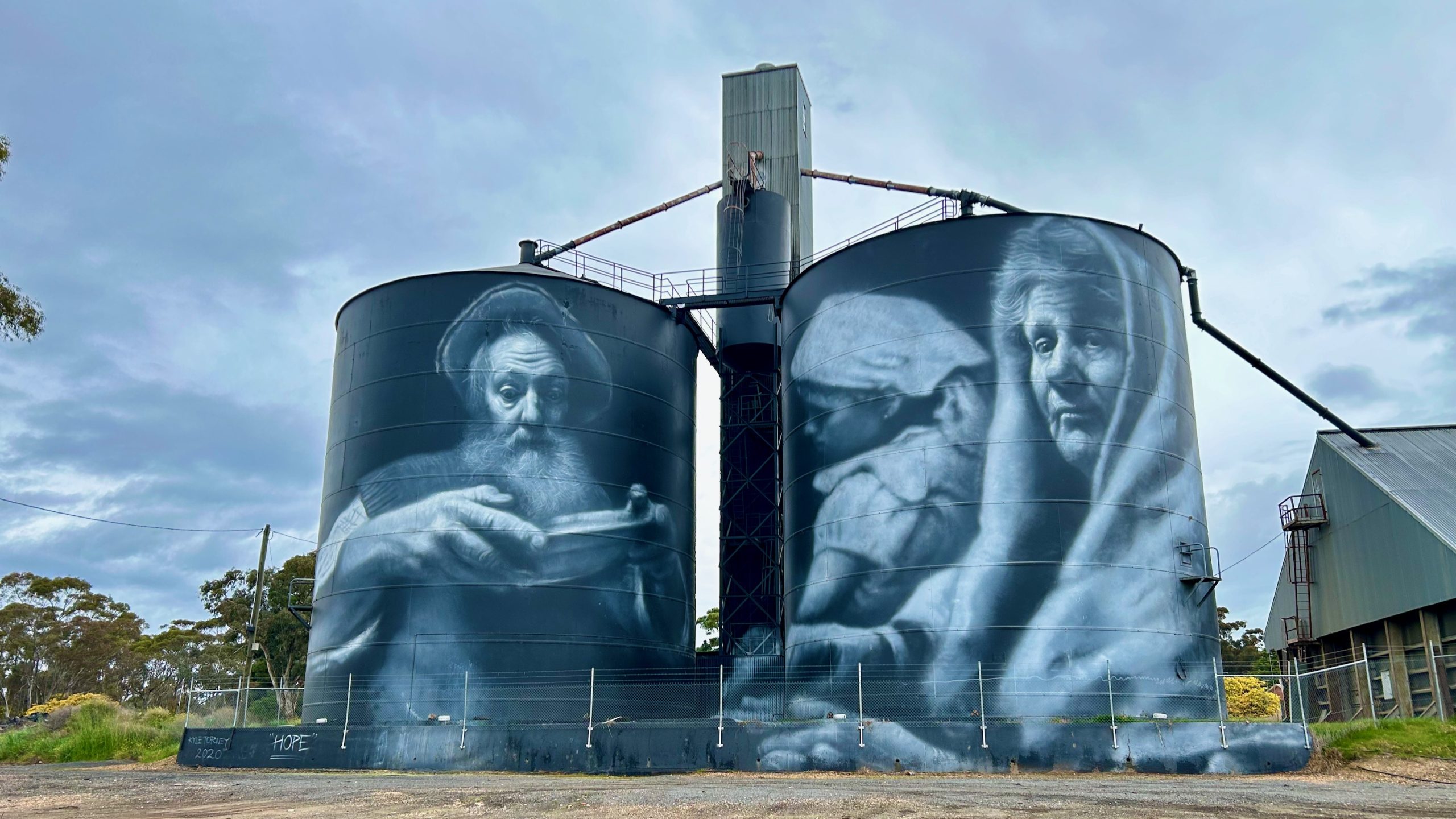
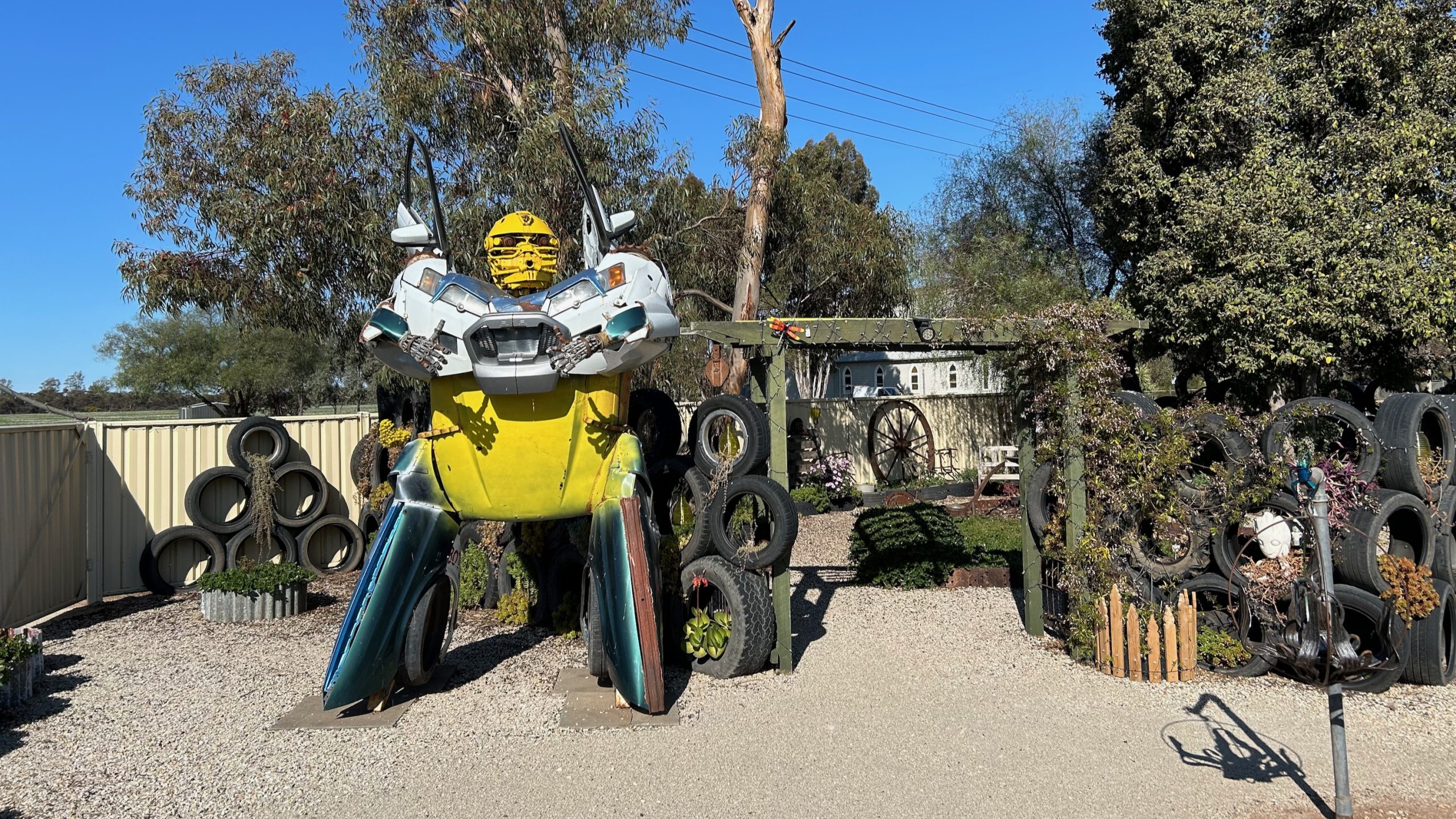



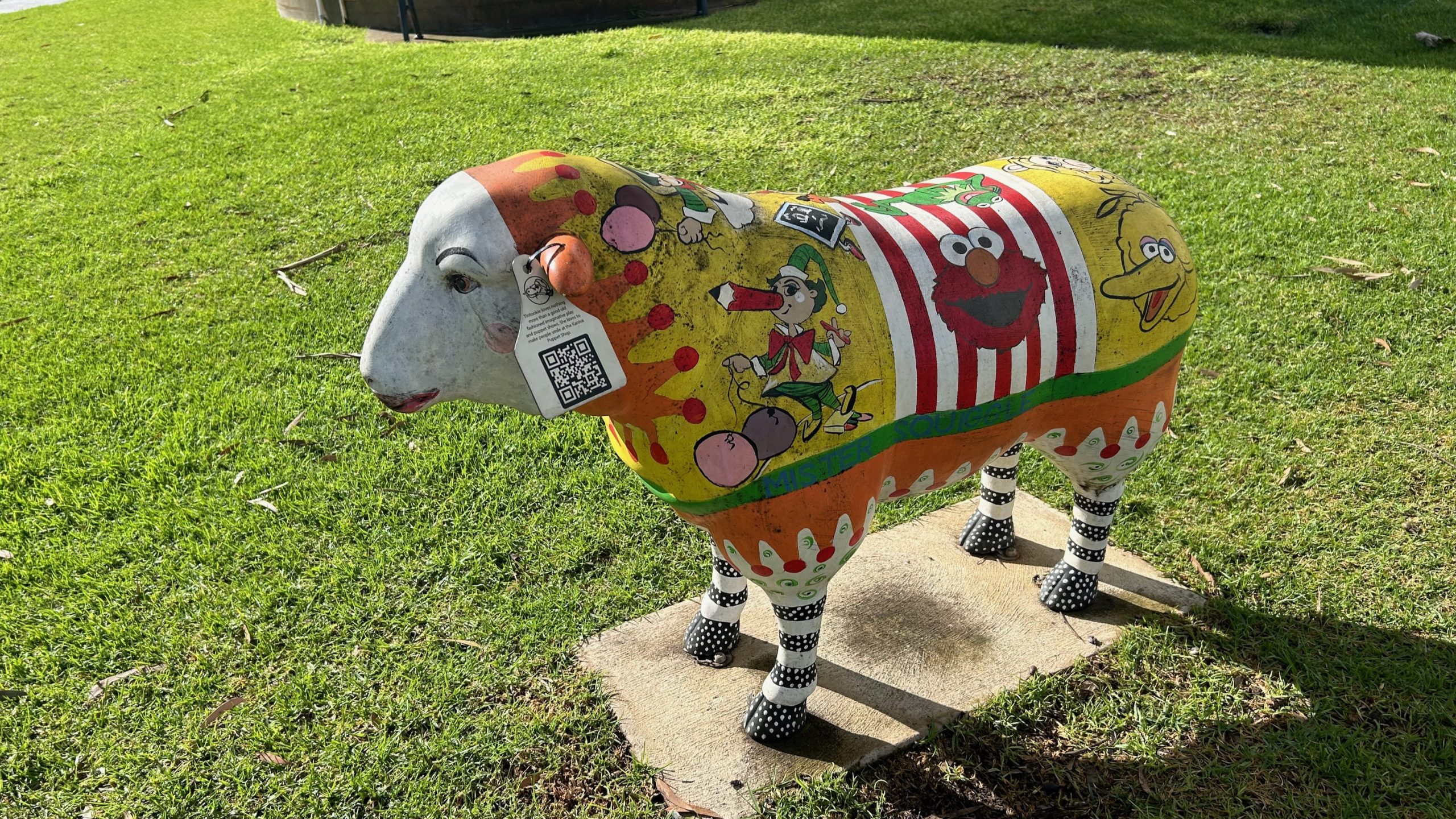
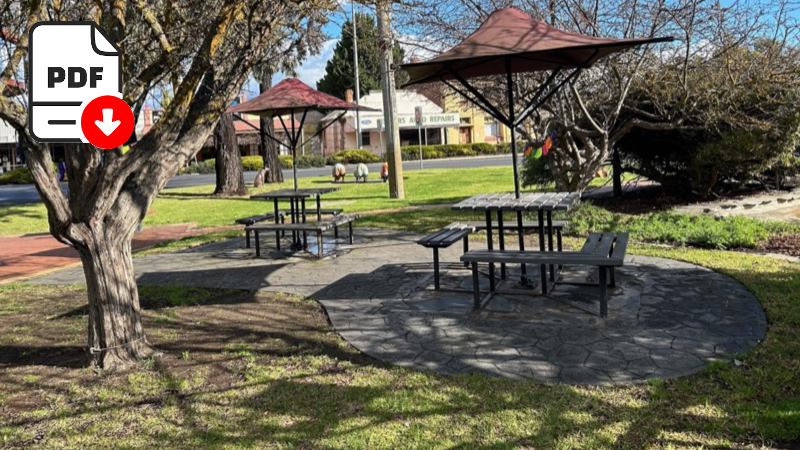
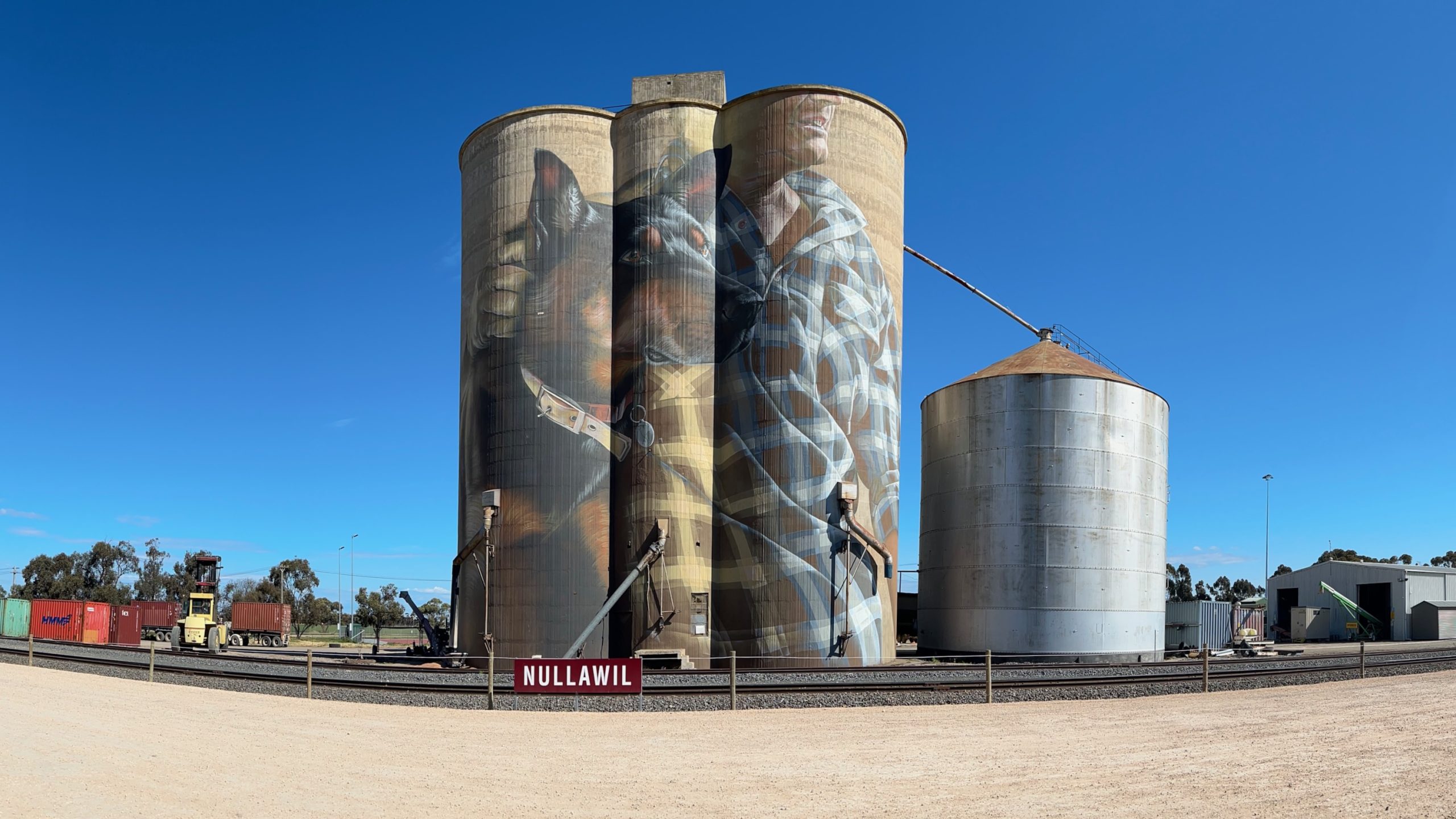

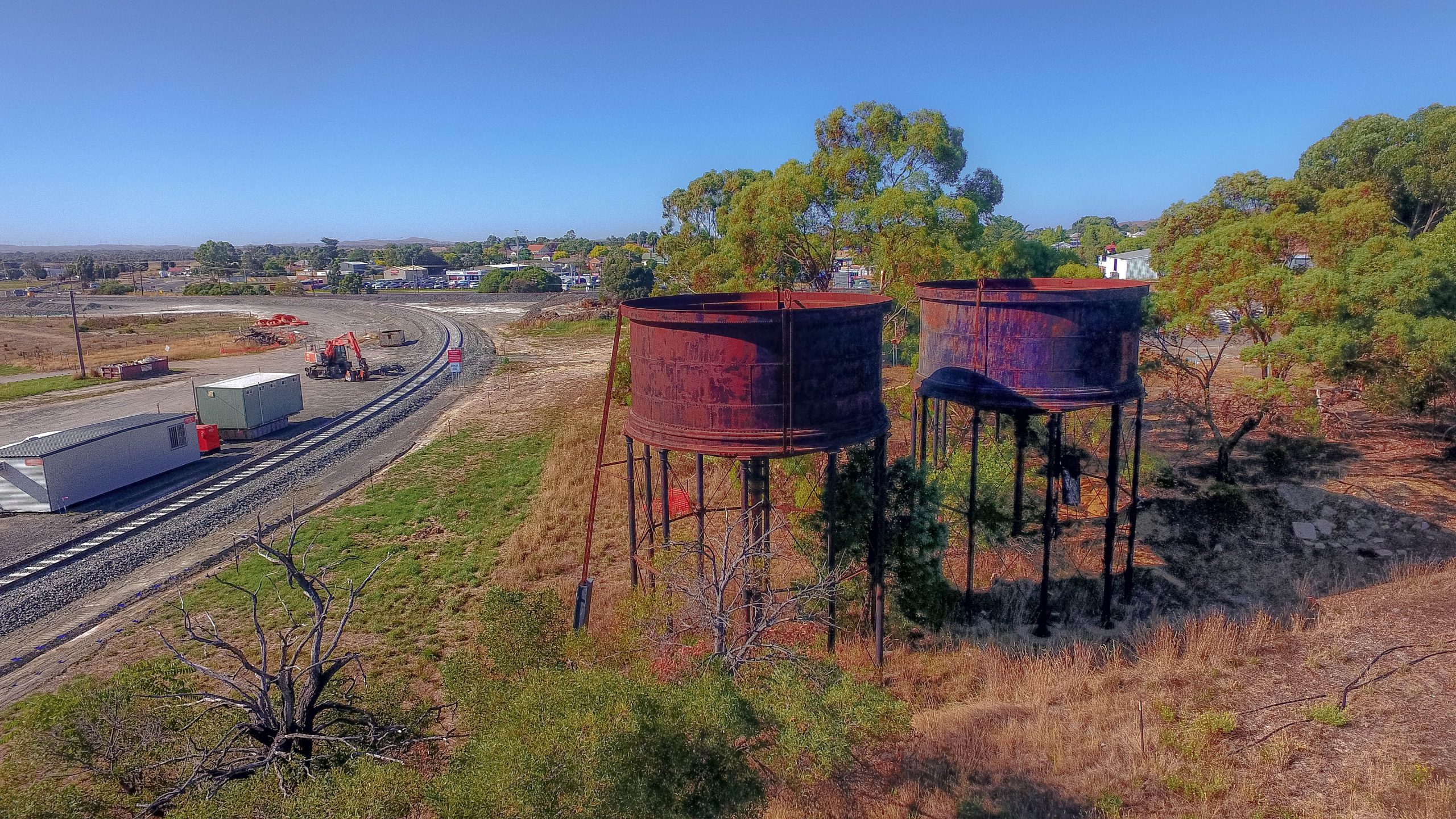

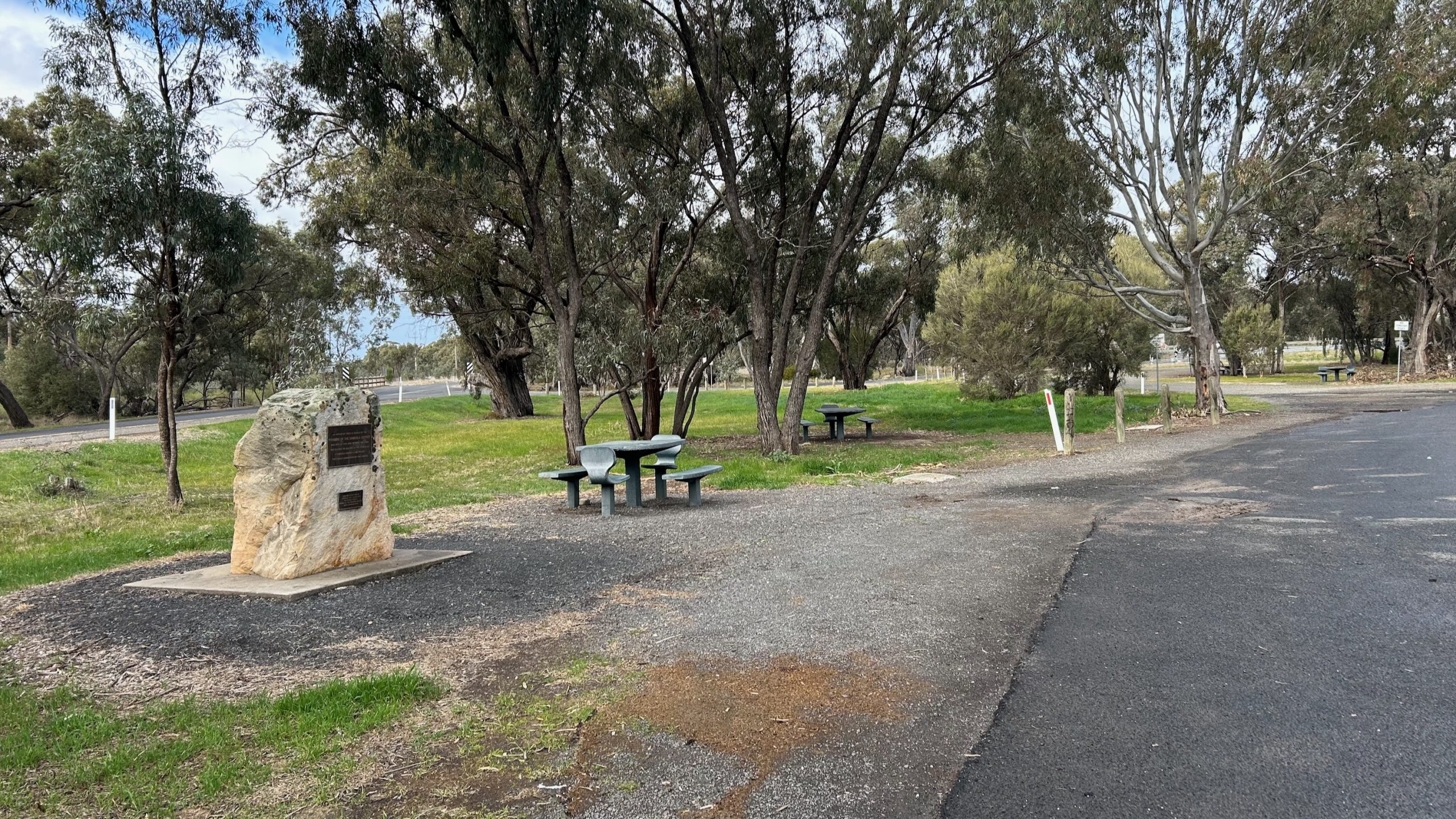
Leave A Comment